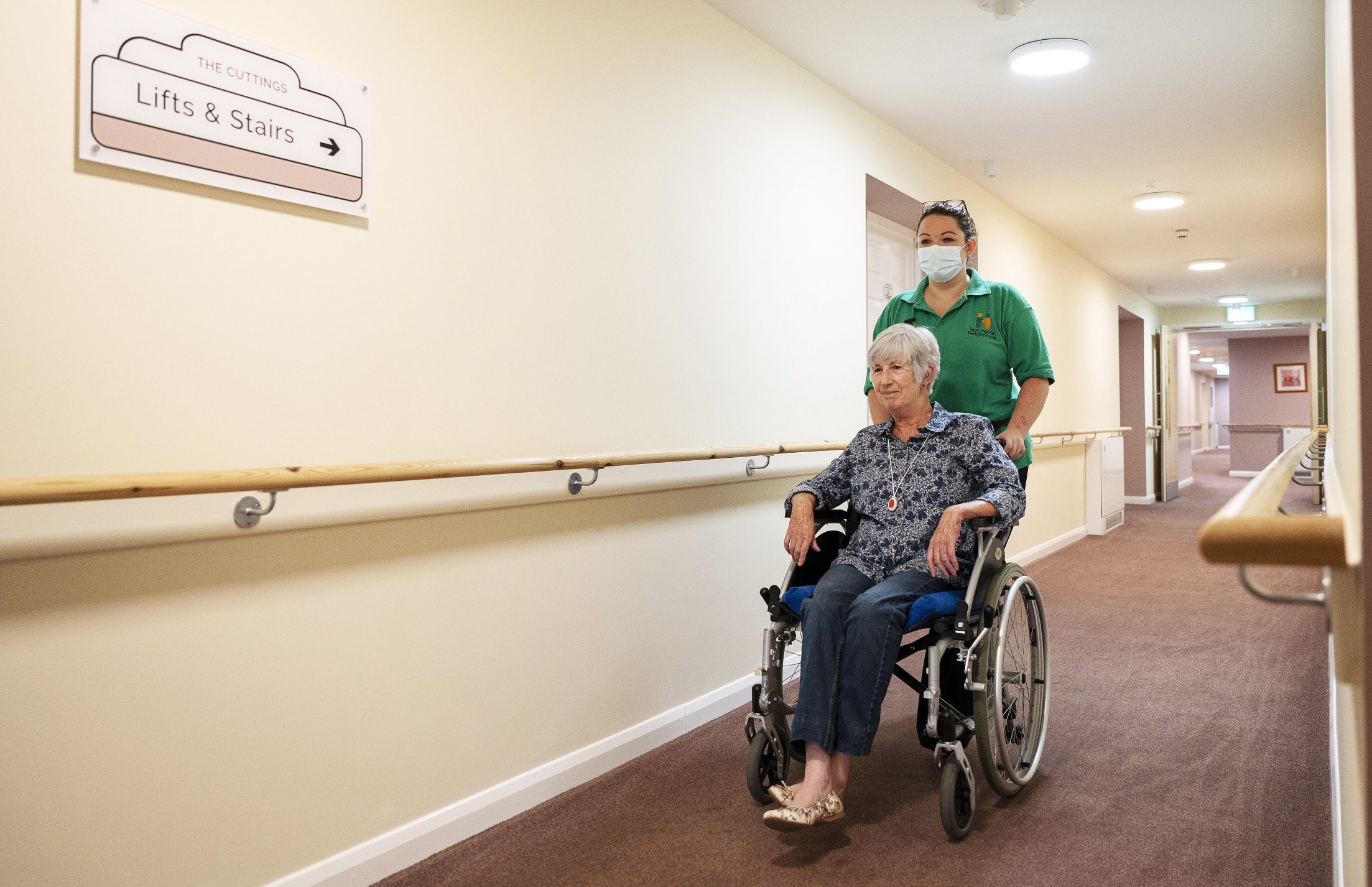We speak to Zillah Moore from Tunstall about how technology can help people with dementia to remain in their own homes for longer

There are currently 850,000 people with dementia in the UK, and this number is projected to double to two million by 2050.
People living with dementia generally need more support from care providers than those without dementia.
It’s therefore crucial for caregivers to understand how technology can help people living with dementia to maintain their independence, stay safe, and remain active.
“Smart solutions and assistive technology can help to protect the safety of service users with dementia, especially where individuals are particularly frail or at risk of falls,” explains Zillah Moore, director at Tunstall Healthcare.
A range of solutions
Technology is crucial in enabling the delivery of care, which means people living with dementia can enjoy more independence for an extended period of time.
It can also help to relieve the pressure on carers, reducing stress and enabling them to care for longer.
“As our social care and health systems continue to experience limited budgets and rising demand, it’s becoming increasingly important that providers employ solutions which enable care to be delivered in a more-effective and person-centred way,” said Moore.
New digital technologies provide greater levels of connectivity which enables the smooth integration of services and empowers care providers to better manage the health and wellbeing of service users with dementia
“Technology can be tailored to the needs of the individual, helping to manage events such as falls, medication management, and people leaving their home and being unable to find their way back.
“Devices and systems, including wearable alarms, can be configured to ensure help is automatically provided in the event of an emergency, 24 hours a day, from a carer, response service, or the emergency services.
“Technology can also enable carers to carry out daily activities, spend more time socialising with service users, or have uninterrupted sleep in the case of home carers, as they know they will be alerted in the event of an incident.”
And the earlier technology is introduced to someone’s dementia journey, the easier it is to understand health and care outcomes and how support can be given, enabling greater patient-centred care.
Moore said: “New digital technologies provide greater levels of connectivity which enables the smooth integration of services and empowers care providers to better manage the health and wellbeing of service users with dementia.
“This not only improves their quality of life, but also reduces costs, and the number of GP visits, ambulance callouts, and hospital admissions.”
Telecare in practice
The Hertfordshire Telecare Service supports almost 4,000 people in Hertfordshire to live more independently, many of whom have dementia.
One person the service supports is Norman (not his real name), who has vascular dementia, and lives alone, although his daughter lives nearby.
Technology is helping him to remain safe at home, and provide reassurance to his daughter.
“Unobtrusive telecare sensors in his home will automatically raise an alarm at the 24-hour monitoring centre if they detect floods, fires, or carbon monoxide in Norman’s home; and property exit sensors have also been fitted which will notify the centre if an external door is opened,” explains Moore.
“A specially-trained operator at the centre can then talk to Norman through the speaker on the Lifeline unit to assess the situation, and make sure he is okay.
“If the operator is unable to get a response, they can contact his daughter, or the British Red Cross Responder Service so they can check on him.”
Technological solutions should always be connected to the wider cycles of care within housing, health, and social care to reap as many benefits as possible, and be designed with the people using them at their heart
Norman’s daughter has also given her father a GPS tracker device, which enables her to locate him should he leave home and be unable to find his way back.
“Together with the Telecare Service, this has already helped Norman to be found quickly and returned to his home, avoiding him being at risk,” adds Moore.
“It also means that Norman is able to remain in his own home, rather than being admitted to residential care for his own safety, while giving his family peace of mind.
This, in turn, relieves pressures on care homes and their employees, as telecare enables more people, like Norman, to live at home.
Integration is key
But, while technology is a fantastic resource when it comes to reducing the pressures on carers at home and in facilities and the needs of users, it should never be used to completely replace human interaction and care, warns Moore.
“Technological solutions should always be connected to the wider cycles of care within housing, health, and social care to reap as many benefits as possible, and be designed with the people using them at their heart,” she adds.